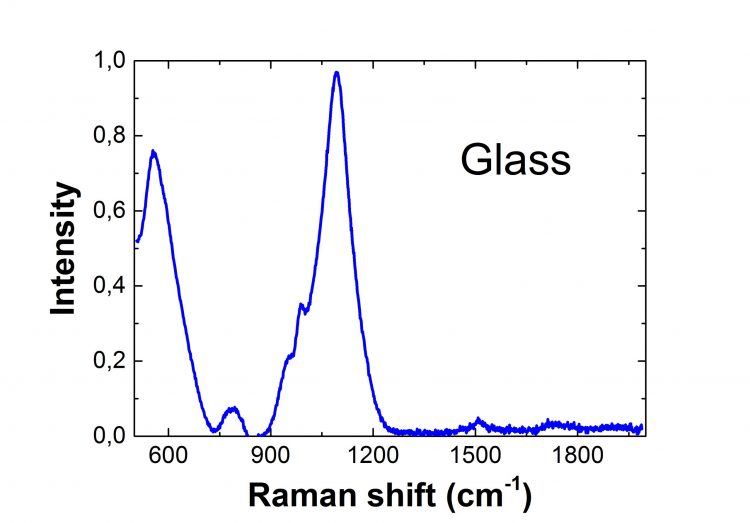Glass Raman Spectrum
Glass is an amorphous solid that exhibits a limited short-range order and, unlike crystal lattices with infinite periodicity, retains a completely random organization structure on a long-range scale. Glass is most often formed by the rapid cooling of the molten form. It is widely used in fiber optics, namely, communication lines – the basis of the Internet; telephone and local television networks; and optical signal distribution devices.
Contact us to get access to Raman Spectra Database more than 20 000 chemical and biological substances
Raman spectroscopy of Glass
Raman scattering in telecommunication networks requires materials with broad Raman gain profiles. For example, silica is known for its very low loss and ability to serve as a carrier medium, although it has a relatively low gain. Spontaneous Raman spectroscopy has proven an effective method of express evaluation of the glass Raman gain coefficient over a wide frequency range. Raman amplifiers have also been growing in popularity due to the development of broadband optical fiber.
Raman Spectra Library
Raman spectroscopy can uniquely identify many chemical and biological agents.
All substances


